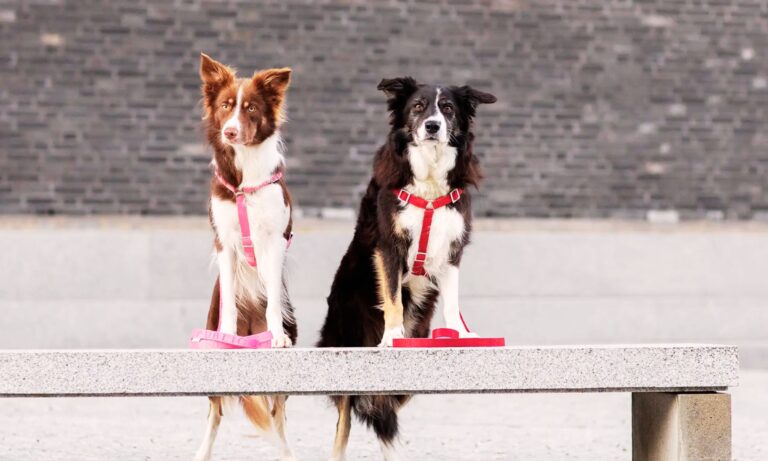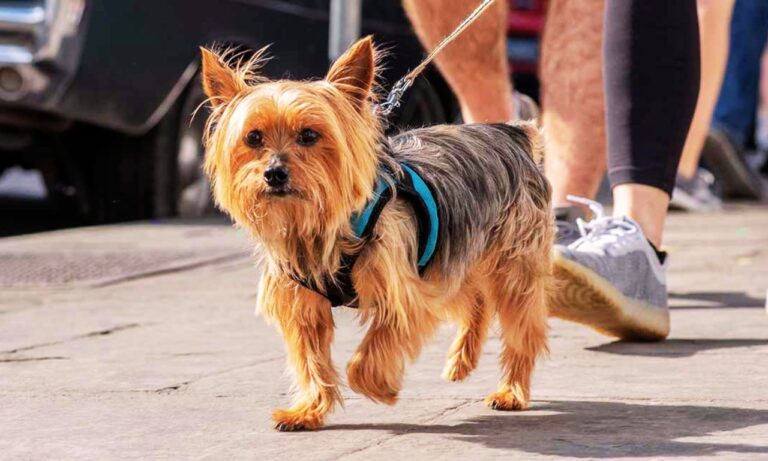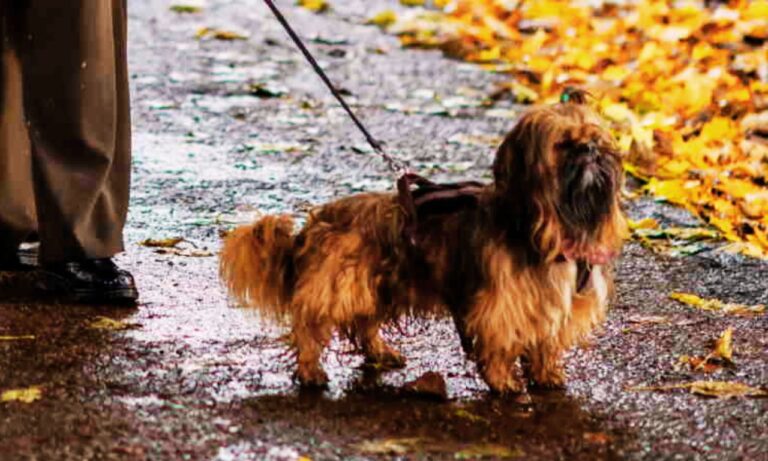German Shepherd vs Rottweiler size is one of the most searched dog breed comparisons — and for good reason. These two working giants are known for their strength, loyalty, and intelligence. But if you’re trying to decide which is larger or more powerful, real measurements matter.
A full-grown male German Shepherd stands about 24–26 inches tall and weighs between 65–90 pounds. A Rottweiler, in contrast, is bulkier, standing 24–27 inches tall but weighing significantly more — between 95–135 pounds.
While the German Shepherd is leaner and more athletic in build, the Rottweiler takes the lead in mass and brute strength. If you’re torn between the two, understanding their size, growth, strength, and physical structure will help you decide which breed fits your lifestyle best. Understand if French Bulldogs can wear dog collars and how it affects their neck structure and overall health.
Blog Highlights
ToggleGrowth Overview: German Shepherd vs Rottweiler
Both breeds grow rapidly during their first year and continue to develop in muscle and structure until around 24 months. However, their growth patterns and final body types are quite different.
Average Growth Chart (Male)
| Age | German Shepherd (Weight / Height) | Rottweiler (Weight / Height) |
| 2 Months | 15–20 lbs / 9–11 in | 20–25 lbs / 10–12 in |
| 4 Months | 30–40 lbs / 13–16 in | 45–55 lbs / 14–17 in |
| 6 Months | 50–60 lbs / 18–21 in | 65–80 lbs / 18–21 in |
| 9 Months | 60–75 lbs / 22–24 in | 85–100 lbs / 22–24 in |
| 1 Year | 65–85 lbs / 24–26 in | 95–120 lbs / 24–26 in |
| 2 Years | 75–90 lbs / 24–26 in | 110–135 lbs / 25–27 in |
Note: Female German Shepherds are typically 15–20% lighter than males. Female Rottweilers are also smaller, averaging 80–100 pounds. Explore the best dog collars for French Bulldogs to keep them comfortable while ensuring durability and style.
German Shepherd: Size and Structure Breakdown
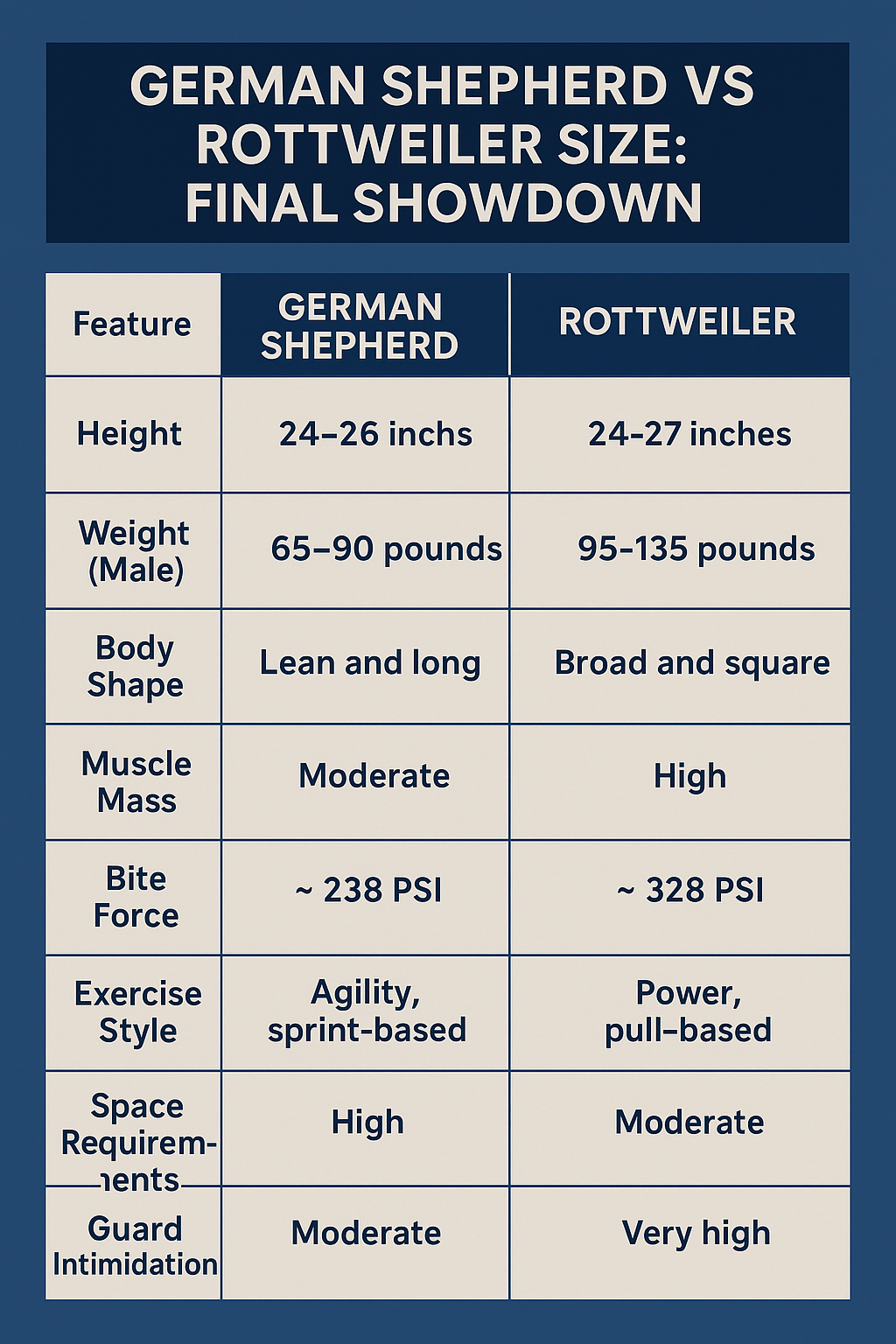
Height and Weight
The average male German Shepherd reaches a height of 24 to 26 inches at the shoulder, while females range between 22 to 24 inches. In terms of weight, males usually tip the scale at 65 to 90 pounds, and females fall between 50 to 70 pounds.
German Shepherds are considered medium to large dogs, but their athletic, streamlined build makes them appear less bulky than they actually are.
Body Proportion
German Shepherds are longer than they are tall — a characteristic feature. Their body length is typically 10–17% longer than their height, giving them a sloped back and elongated frame. This structure allows for agility, making them ideal for roles in police work, protection, and herding.
Their limbs are well-muscled but not overly thick, and their paws are tight and round. Overall, their frame is more about precision and speed than raw bulk.
Muscle and Mass
Muscle tone is well defined, especially in active Shepherds, but not exaggerated. Most German Shepherds have lean mass instead of wide chests or thick limbs. This makes them excellent sprinters and jumpers, with great endurance and stamina. Find the best dog collars for Dachshunds that accommodate their long bodies and prevent strain on their necks.
Rottweiler: Size and Structure Breakdown
Height and Weight
The male Rottweiler stands 24 to 27 inches tall at the shoulder and can weigh anywhere between 95 to 135 pounds. Females are slightly shorter (22–25 inches) and weigh around 80 to 100 pounds.
These numbers clearly show Rottweilers are thicker, heavier, and denser than German Shepherds at every age and stage of growth.
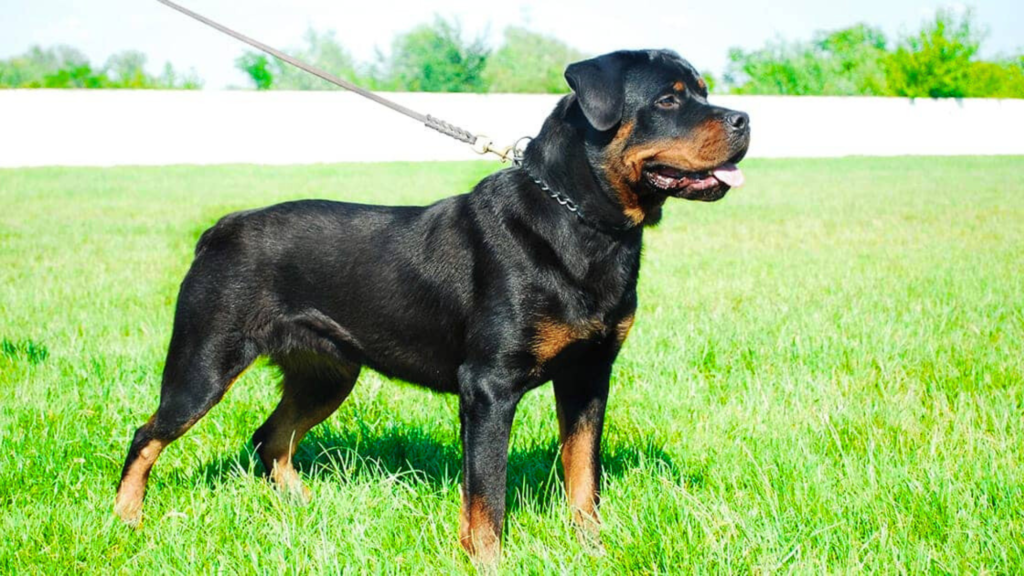
Body Proportion
Rottweilers are square-shaped, with a body that is nearly equal in length and height. Their overall appearance is compact, robust, and powerful. They have a wide chest, a thick neck, and a short back, contributing to their naturally intimidating look.
Their bones are thicker, and their paws are large and firm — suited for traction and control during physical work like guarding or pulling.
Muscle and Mass
Rottweilers excel in muscle development, especially in the shoulders, neck, and chest. Their hind legs are also built for explosive power. Even at rest, a fit Rottweiler shows visible bulk and tone, much like a bodybuilder compared to the lean frame of a German Shepherd. Get insights into what is best for Dachshunds: a collar or harness for their safety, comfort, and health during walks.
Strength and Bite Force: Who’s More Powerful?
When it comes to raw strength, Rottweilers have a clear edge. Their bite force is estimated at 328 PSI, compared to the German Shepherd’s 238 PSI. That difference translates to higher pressure during a grip or bite, giving Rottweilers superior stopping power.
In tug-of-war scenarios or tasks requiring muscle (like dragging loads or pinning threats), Rottweilers outperform due to higher muscle mass and better leverage.
However, German Shepherds counter this with agility-based strength, often outmaneuvering their opponents and reacting faster in high-stakes situations. Find out what color collar looks best on a Rottweiler to complement their bold appearance and highlight their unique features.
Temperament Linked to Size
Size often correlates with temperament, especially in working dogs. Here’s how it plays out between these two breeds.
German Shepherd
Because of their slightly smaller size and leaner build, German Shepherds tend to be more reactive and excitable. They’re quick to bark, move, and engage. Their athletic frame matches their high mental activity, making them ideal for work that requires both speed and obedience.
They are generally more sensitive to handler cues and are easier to redirect during training, which helps mitigate any reactive behaviors linked to excitement or nervousness.
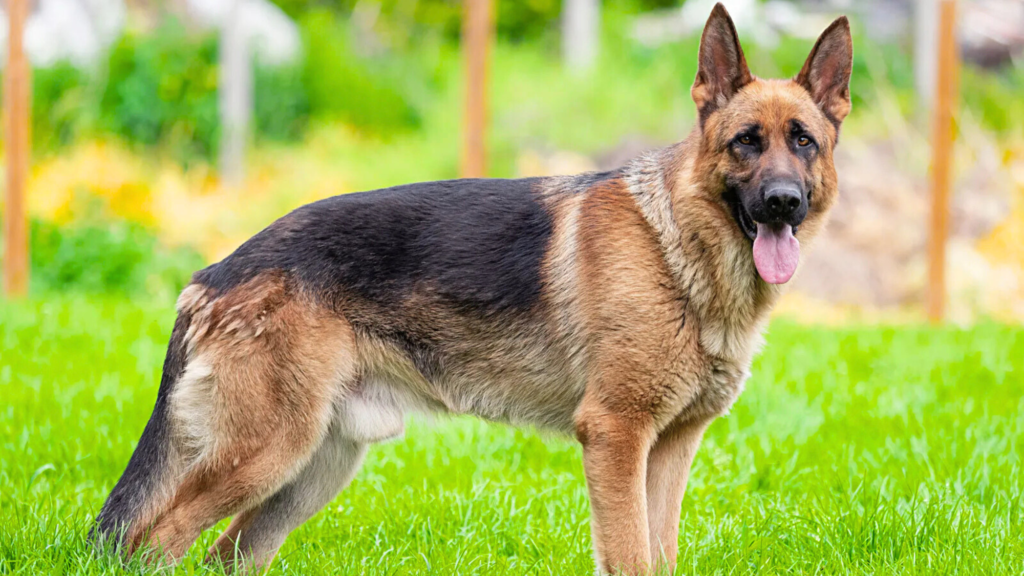
Rottweiler
Rottweilers, being bulkier and more grounded in frame, are also calmer in demeanor. Their sheer mass gives them presence, and they’re often content to observe before reacting. However, once engaged, they commit fully — making them excellent guard dogs.
Due to their size and strength, early training and socialization are non-negotiable. If a Rottweiler lacks guidance, their body power becomes a hazard rather than a protective feature.
Exercise and Space Needs
German Shepherd
A German Shepherd needs 60 to 90 minutes of exercise daily, favoring off-leash sprints, obstacle training, or herding-like activities. Their long legs and lean frame demand space — ideally a large yard or access to open fields. Apartment life can work, but only with regular intense walks and mental stimulation.
Rottweiler
Rottweilers need 45 to 75 minutes of exercise per day but at a steadier, slower pace. Their body is not built for agility or jumping, so heavy cardio is less suitable than strength-based games like tug, resistance walks, or structured protection drills.

They adapt better to urban life than German Shepherds if their needs are met. Learn what size collar for a Rottweiler is ideal by following this detailed guide to ensure a perfect fit for your dog’s comfort and safety.
Health Concerns Related to Size
German Shepherd
Due to their sloped back and elongated structure, German Shepherds are more prone to:
- Hip dysplasia
- Elbow dysplasia
- Spinal cord issues (Degenerative Myelopathy)
Their lean frame means less padding around joints, which can lead to long-term orthopedic issues if not exercised properly.
Rottweiler
Rottweilers, on the other hand, are prone to:
- Joint problems due to weight
- Cruciate ligament injuries
- Osteosarcoma (bone cancer)
Their rapid weight gain during the puppy stage can overload their skeleton, so it’s important to monitor both diet and physical activity.
Which Dog Looks More Intimidating?
If you’re thinking about visual presence, the Rottweiler’s sheer bulk and squared frame make it the more intimidating of the two. Their deep chest, broad neck, and intense eyes command attention and respect.
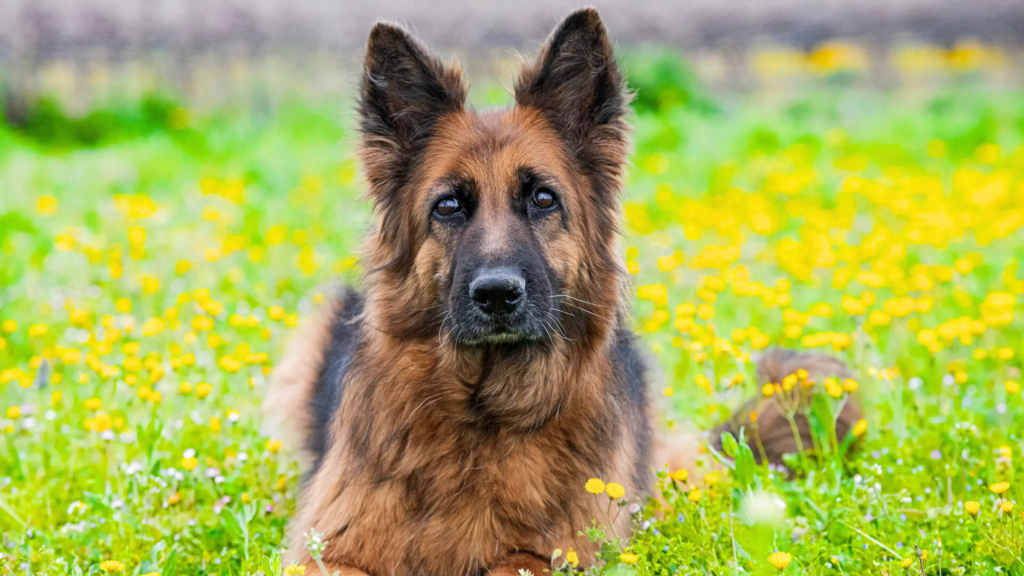
The German Shepherd, while sleek and alert, is often seen as more approachable — especially when in motion. Their agility and expressive ears add personality but don’t deliver the same visual “wall” that a Rottweiler does when guarding territory. Check out the best dog collars for Border Collie to find durable, stylish, and comfortable options for your active dog.
German Shepherd vs Rottweiler Size: Final Showdown
Let’s break down their comparison in key size-related attributes:
| Feature | German Shepherd | Rottweiler |
| Height (Male) | 24–26 inches | 24–27 inches |
| Weight (Male) | 65–90 pounds | 95–135 pounds |
| Body Shape | Lean and long | Broad and square |
| Muscle Mass | Moderate | High |
| Bite Force | ~238 PSI | ~328 PSI |
| Exercise Style | Agility, sprint-based | Power, pull-based |
| Space Requirements | High | Moderate |
| Guard Intimidation | Moderate | Very High |
Conclusion: German Shepherd vs Rottweiler Size — Which Is Right for You?
Choosing between the German Shepherd vs Rottweiler size really comes down to your environment, goals, and energy level. If you’re looking for a dog that is athletic, intelligent, and excels in obedience and agility, the German Shepherd is your match. Their size supports speed and versatility — ideal for active families, police work, and training-intensive roles.
But if you’re more drawn to strength, guarding presence, and calm dominance, the Rottweiler offers unmatched power and protection. Their sheer size and muscle mass make them formidable companions for experienced owners who can handle early discipline and firm leadership.
Both breeds have size-related pros and cons. Understanding their true measurements, bone structure, and exercise needs ensures you choose a companion that fits your space, lifestyle, and expectations. For guidance on choosing the right collar size for an Airedale puppy, check out this detailed guide.



